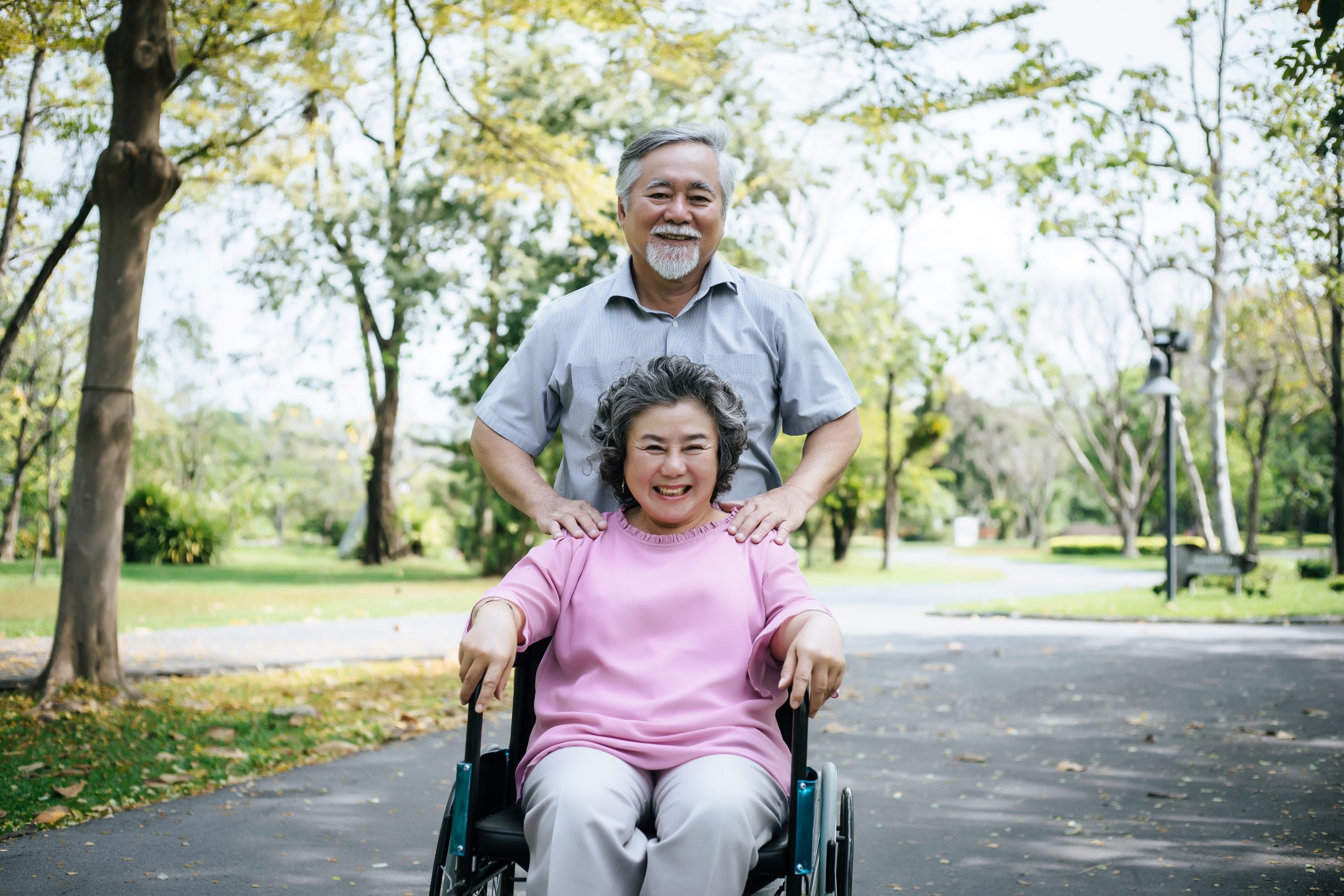
Assisted Living: Forward-Thinking Care for Your Elderly Loved One
When an elderly loved one’s care needs exceed what their family can provide, moving to an assisted living facility ensures that their care needs are consistently met.
However, a critical aspect of placement that families and other placement services sometimes overlook is considering care options that cover the person’s needs today and in the future.
As a Senior Living Advisor (Mike McClernon, 516-254-9481), I believe this philosophy makes a crucial difference that sets my placement services apart from other providers.
A proper care plan for seniors
When families seek my help to place their loved one in Assisted Living, we try to chart a course of the present disease states over the next 24 months and match their level of care to that forecast. The result is a better care situation that won’t be disrupted by moving in the short term as their health needs change.
Our approach to elder care is the best way to ensure an optimum continuum of care and interaction while meeting other family concerns, such as price, location, and environment.
Reserve Capacity Care Planning
Our 24-month planning also ensures that the older person is only placed in communities with the reserve capacity to provide appropriate care at least two years after moving in. We base this plan on given available information about their current diagnoses and their anticipated progression.
By planning ahead, your family can avoid picking a community that is more likely to underperform when challenged by a more fragile senior in two years than picking a community that is more capable today.
Applying our approach to an osteoarthritis diagnosis
Osteoarthritis is a common condition among older people. It’s a degenerative joint disease that generally affects the hands, knees, hips, lower back, and neck. It can degrade cartilage and change the shape of the bone, causing inflammation, stiffness, pain, and loss of mobility.
A senior with a 10-year history of osteoarthritis and no mobility issues can live comfortably in most types of Senior Living for at least two years. This timeline of joint degeneration appears to be relatively moderate.
However, an older person with accelerating mobility issues due to osteoarthritis should only consider communities with the capacity for people who use wheelchairs or other assistive devices to move around.
Over time, the person might need care beyond the capabilities of Assisted Living. In this case, I recommend that the family set up a Medicaid Asset Protection Trust in preparation for placement into a long-term care facility. With the Trust activated, the person’s assets are protected from affecting Medicaid eligibility.
This type of foresight can save families thousands of dollars and preserve the older person’s legacy for their loved ones.
Applying our approach to Alzheimer’s disease and dementia patients
Sometimes, the older person has also been diagnosed with a progressive cognitive condition such as Alzheimer’s disease or dementia on top of other conditions. This adds another layer of complexity to care because these diseases impact the mind and, over time, the body.
A typical timeline for this disease, which often strikes in one’s mid-to-late 70s, might be 12 years. Someone recently diagnosed with Alzheimer’s disease or dementia can often live successfully in a well-supervised Assisted Living community within our two-year planning period.
However, once they get past the condition’s midpoint, the chance of developing neuromuscular complications increases. An older person whose diagnosis was received seven or more years ago should only be placed in a more sophisticated community, such as Memory Care. Memory Care’s staff is prepared for increased immobility and total incontinence over the coming two years and, in most cases, even longer.
Making the right choice for Senior Care
Assisted Living and Memory Care communities on Long Island are wonderful places for your loved one to spend their vintage years receiving the care they need. Both types of communities offer help with the Activities of Daily Living, such as bathing, dressing, grooming, and taking medications. Many can support seniors with a variety of underlying disease states. However, both communities cease care before the application of regular medical interventions, such as respirators, tube feeding, and regular IVs.
I aim to ensure your loved one gets a place in a community where their care needs won’t exceed what the community offers in two years. I believe this approach provides the best care experience for the older person and their families in a familiar environment for as long as possible
No-cost help finding Assisted Living on Long Island
When an elderly loved one cannot live independently anymore due to aging, illness, or injury, placement into an Assisted Living or Memory Care community is often the best choice for optimal care. When you’re ready to explore your options on Long Island, contact Mike McClernon of Assisted Living Locators.
Mike has collaborated with hundreds of families just like yours to help find the most appropriate Assisted Living community for their older relatives. He will ensure you have all the information you need to decide where your loved ones will thrive and be well-cared for during their vintage years.
Contact Mike today at 516-254-9481 or mikem@assistedlivinglocators.com to explore Senior Living Community options for the older person in your life. His phone is always on!
